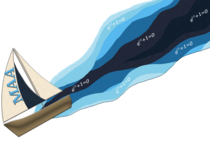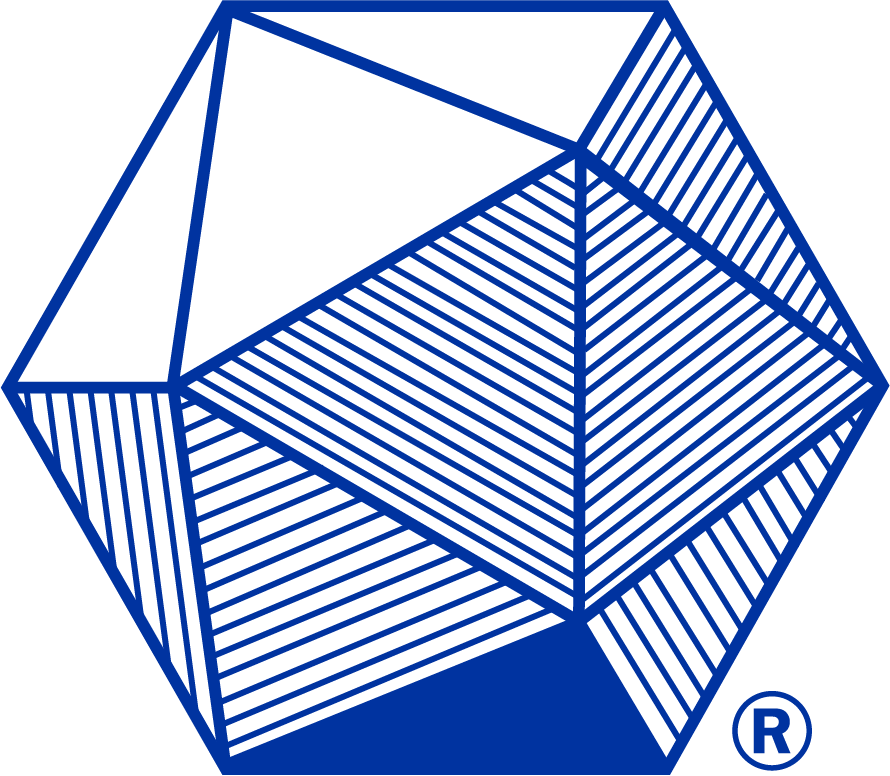Saturday – Mar 29
Location: Fitzelle 206
Note: This special session on Tech Tools and Instructional Activities was organized by Elyssa Stoddard (SUNY Oneonta).
-
- Time:
- 12:45 pm – 1:10 pm
- Title:
- Using Desmos interactive tools to teach Distance-Time
- Speakers:
- Alexis Bates (SUNY Oneonta), Jessica Bucci (SUNY Oneonta), Calvin Conti (SUNY Oneonta)
Abstract
Desmos activities allow students to test hypotheses, conduct experiments, and see the connection between abstract concepts and real world applications. In this presentation we will discuss how to use interactive Desmos features to teach distance vs time graphs to undergraduate students. This can increase student participation and engagement and allows for instant feedback.
-
- Time:
- 1:15 pm – 1:40 pm
- Title:
- Using Desmos manipulatives to teach and review fraction addition and subtraction
- Speakers:
- Cece Bushaw (SUNY Oneonta), Jessica Davis (SUNY Oneonta)
Abstract
Fraction arithmetic is something that undergraduate students often struggle with, which can impact their understanding of more complex topics in advanced courses. In this presentation, we will share a digital interactive lesson using Desmos virtual manipulatives to help higher education students better understand basic fraction arithmetic.
-
- Time:
- 1:45 pm – 2:10 pm
- Title:
- Using Desmos to Teach Combinatorial Mathematics in Undergraduate Courses
- Speakers:
- Abigail Draper (SUNY Oneonta), Emma McCarthy (SUNY Oneonta)
Abstract
Using storytelling and visuals helps students understand the concepts and process or combinatorial mathematics. Interactive tools like Desmos can make teaching this way more efficient. Come with us while we share an example on how to make difficult topics more engaging using technology.
-
- Time:
- 2:15 pm – 2:40 pm
- Title:
- Understanding the Quadratic Formula Through Desmos
- Speaker:
- Chris Chippari (SUNY Oneonta)
Abstract
In this presentation I will be demonstrating the benefits of implementing demos into lessons with quadratic formula to allow students to visually and algebraically understand all the different components of the quadratic formula using fun and interactive activities. Using this demos activity will not only help engage your students but will also allow them to have a deeper meaning within the catered mathematic topic. With the plethora of features that will be implemented into this presentation, one can see how technology can be useful for a learning environment.
Saturday – Mar 29
Location: Fitzelle 207
-
- Time:
- 12:45 pm – 1:10 pm
- Title:
- A Mathematical Approach to a Biological Problem
- Speaker:
- Duncan Miller (Niagara University)
Abstract
No matter where you turn, mathematics is always present. This is also true for the human body. We will explore how to model lipid patches on lipid membranes as presented in the paper entitled “Interface Geometry of Binary Mixtures on Curved Surfaces” by Piermarco Fonda, which does this using different geometries. There are two different methods of modeling patches on these surfaces, the diffuse interface model and the differential equation method. Our approach focuses on solving a system of differential equations that determine the boundary of the patch. We will delve into the background of these two methods, what each of them does, and how it is applied to these certain geometries. This topic covers areas such as differential geometry, differential equations, and others. This talk is centered around my honors thesis research and aims to show mathematical approaches to a biological problem.
-
- Time:
- 1:15 pm – 1:40 pm
- Title:
- Predicting Outcomes of Connect 4 on an Arbitrary-Sized Board
- Speaker:
- Eli Decampo (SUNY Oswego)
Abstract
Connect 4 has long been a game studied under the lens of Computer Science, with little concrete mathematical evaluation or research. Because of this, most research is aimed towards computer players, using strategies and mechanics that no human player could reasonably use or recreate. So, mathematically evaluating and defining the mechanics of the game could allow human players to use and find winning strategies. Furthermore, the area of arbitrary board dimensions of $n \times m$, where $n$, $m$ are positive integers larger than 3, is quite unexplored. Thus, we consider a game of Connect 4 with two human players, who both play in reasonable ways, taking turns playing at positions on a board of arbitrary dimensions. By giving mathematical definitions to the simple game mechanics of Connect 4 and the different types of board positions, some simple rules and predictions can be formed about the outcome of the game. When this is combined with some additional concepts, such as threats, the parity of the two players, and the nature of the board dimensions, concrete methods are found to mathematically and logically determine the structures a human player can create guarantee a win under any given board dimensions.

